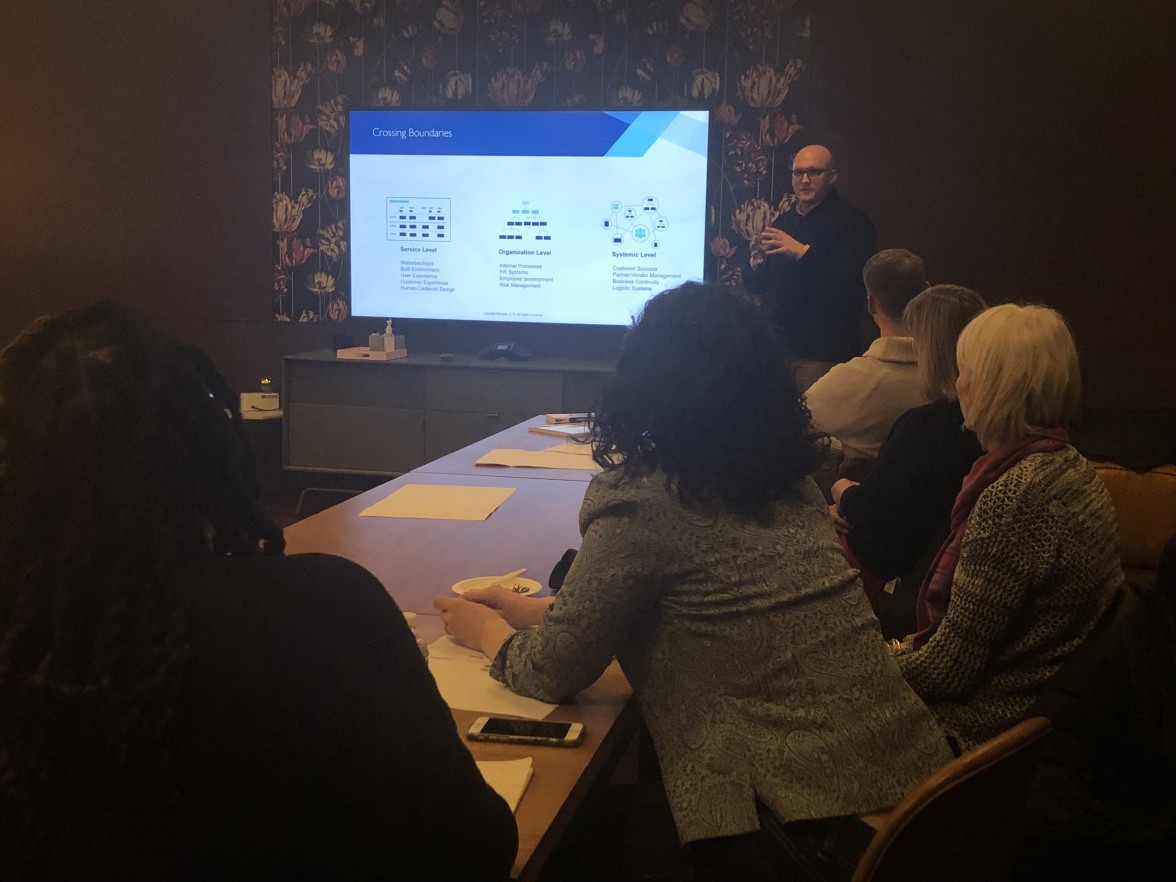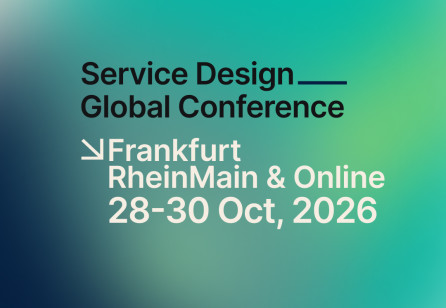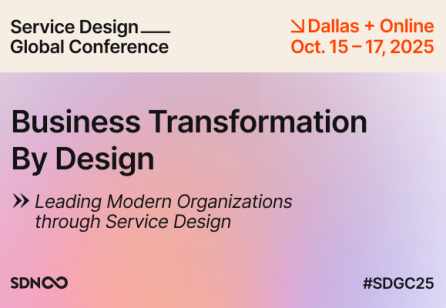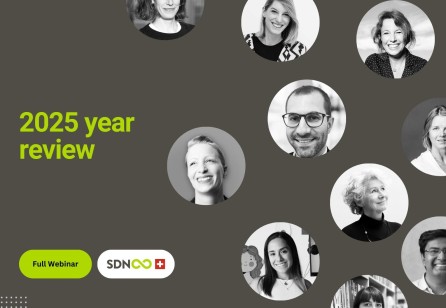SDN DC had the pleasure of welcoming Join Rich Ekelman for a discussion about how service design offers a competitive advantage, the core flexibilities required to practice service design, and ways to start making your transition into service design from the skills and abilities you currently possess. For the last six years, Rich has been a leader in building service design communities in Chicago and Philadelphia. In 2017, he became the first Master Service Design Trainer accredited by the Global Service Design Network.
Rich shared his personal experience related to building service design as a capability. He touched on some of the core flexibilities required to practice service design and ways attendees could start making the transition into service design from the skills and abilities they currently possess. Approaching complex problems with service design, he argued, creates a better, more sustainable ecosystem and competitive advantage. It’s an exciting, holistic approach to problem-solving for all digital and physical components of how an organization lives, offering the flexibility to adapt to competitive shifts. Employees and customers are equally essential contributors to how services create value.








Share your thoughts
0 RepliesPlease login to comment